Curb Mounted Skylights vs Deck Mounted Skylights: An In-Depth Installation and Cost Analysis
If you’re grappling with the choice of “curb mounted skylights vs deck mounted skylights” for your property, the decision hinges on more than aesthetics – factors like installation, cost, and compatibility with your roof type are crucial. This comparative guide cuts through the confusion to help you discern which skylight will best suit your needs, budget, and architectural style, ensuring your investment enlightens your space as intended.
Key Takeaways
-
Curb mounted skylights are distinguished by a supporting wooden curb and are beneficial for flat roofs, offering easy customization and water drainage efficiency, while deck mounted skylights provide a low-profile, aesthetically pleasing design that blends with the roofline and is suitable for roofs with a pitch between 14 and 85 degrees.
-
Installation complexity and cost can vary significantly between curb and deck mounted skylights, with the former often being more budget-friendly and the latter providing better energy efficiency and a superior seal, contributing to improved long-term value.
-
Selection of skylights should be based on architectural compatibility, aesthetic preference, and functional requirements such as natural lighting, ventilation, and energy efficiency, with professional installation and proper flashing systems being essential for both types to prevent water intrusion.
Exploring the Basics of Curb Mounted and Deck Mounted Skylights
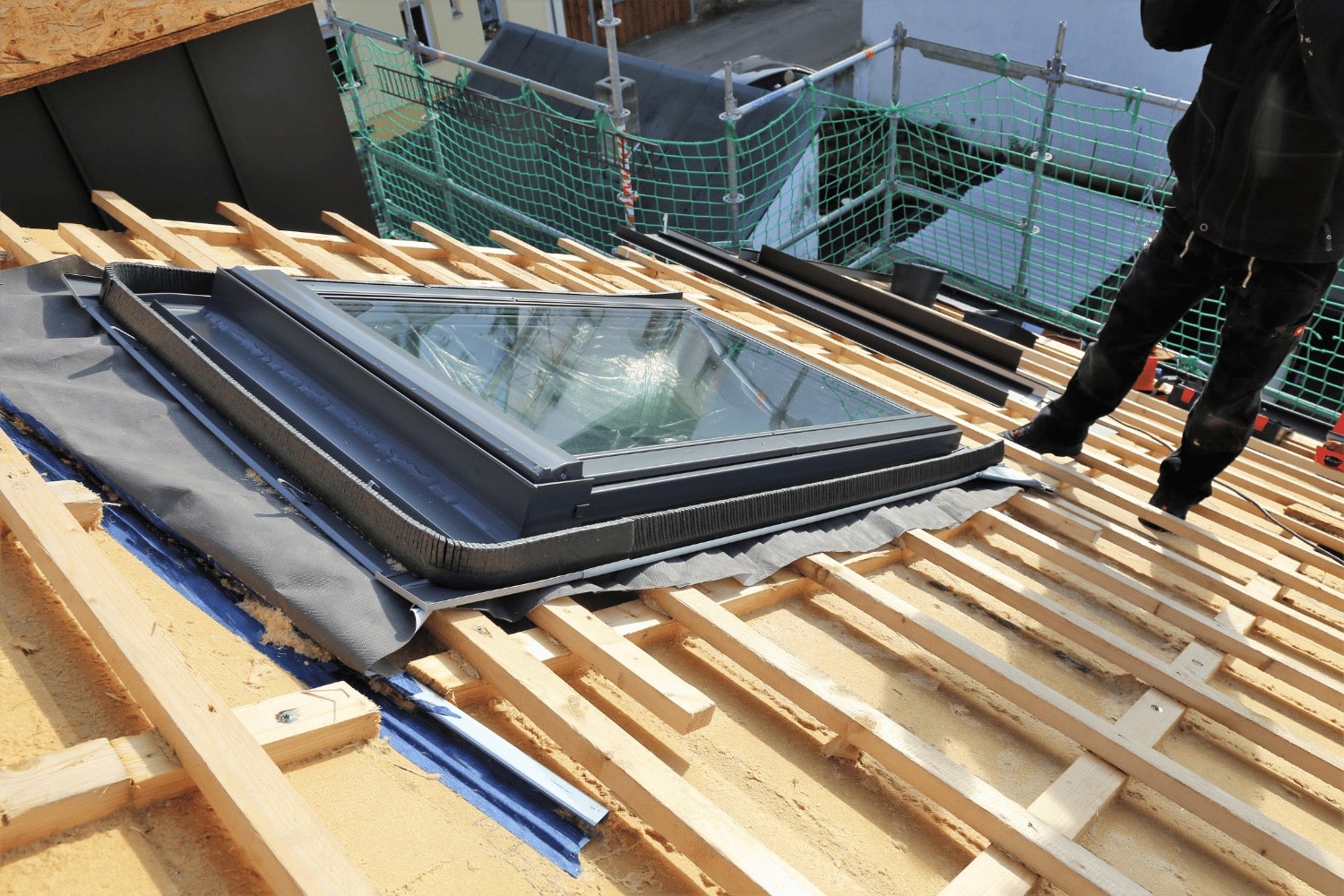
High above, where the roof meets the sky, lies the realm of skylights – each with its own character and charm. In the vast expanse of architectural possibilities, it’s crucial to acquaint oneself with the two main protagonists: curb mounted skylights, perched on their supportive frames, and deck mounted skylights, which adhere directly to the roof deck. Both types not only serve as portals to the heavens but also cater to diverse architectural aesthetics and installation preferences.
Curb mounted skylights require a solid foundation – a wood curb constructed atop the roof deck, upon which the skylight unit is anchored. In contrast, deck mounted skylights boast a lower profile, melding with the roof deck to create a harmonious silhouette that is as functional as it is pleasing to the eye. Whether it’s the commanding presence of a curb mount or the understated elegance of a deck mount that captivates your imagination, both choices offer a unique set of advantages tailored to the individual tastes and structural requirements of residential and commercial buildings alike.
What Defines a Curb Mounted Skylight?
The quintessence of a curb mounted skylight is its foundational structure – the wood curb. This timber framework is not only the bedrock upon which the skylight rests but also an elevation above the roofline, integral to its design and functionality. The prominence of this framed box design allows curb mounted skylights to make their presence known from the exterior, offering a distinct architectural feature that can complement or contrast with the building’s facade.
Flat roofs, in particular, find a companion in curb mounted skylights. Here are some benefits of using curb mounted skylights on flat roofs:
-
The elevated design ensures that water drainage is a primary concern, as water cascades away from the skylight.
-
These skylights offer the gift of customization, allowing property owners to tailor the size to their exact specifications.
-
Curb mounted skylights can be a bespoke feature of the rooftop landscape.
The Profile of Deck Mounted Skylights
A deck mounted skylight is a study in subtlety and sophistication. Attached directly to the roof deck, it boasts a low profile that whispers rather than shouts, integrating seamlessly with the roofline and becoming one with the architecture. Particularly suited to homes graced with higher or adequate roof pitches, these skylights complement the angles and contours of a sloped roof with effortless elegance.
The aesthetic appeal of deck mounted skylights includes:
-
Blending with the property’s exterior, preserving the architectural integrity
-
Providing a skylight that feels like a natural extension of the roof itself
-
Serving as a source of natural light
-
Acting as a testament to the owner’s taste for contemporary design
For those who hold the exterior appearance of their home or business in high regard, deck mounts are an excellent choice.
The Installation Journey: From Roof Opening to Natural Light

Embarking on the installation of a skylight is akin to orchestrating a ballet – each step from the roof opening to the final reveal of natural light must be executed with precision. This journey is one of transformation, where the interplay between the roof and interior phases can span from just a few hours to a couple of days, depending on the dance of variables such as roof pitch and the depth of the light shaft. As the skylight sits in its designated position, the home is graced with an abundance of natural light.
Insulation and proper sealing are the unsung heroes in this narrative, ensuring that the skylight becomes an ally against the elements, safeguarding the home from water intrusion while maintaining a bastion of energy efficiency within. Indeed, the meticulousness of the installation process is the cornerstone of a skylight’s performance, whether it be of the curb mounted or deck mounted persuasion.
Preparing for a Curb Mounted Skylight Install
The refrain of a curb mounted skylight installation begins with the creation of the wood curb. This wooden frame, built with precision around the roof opening, is the foundation upon which the curb mount skylights, also known as roof windows, will secure their place in the sky. Prior to the arrival of the skylight unit, the curb must be enveloped in a waterproof membrane, ensuring that water ingress remains a distant concern rather than an imminent threat.
With the curb fortified against the elements, the mount skylight unit is then poised for mounting. This process, while straightforward, is crucial as it sets the stage for the skylight to perform its role as a beacon of light and a barrier against the whims of weather.
Attaching a Deck Mounted Skylight
In contrast, the deck mounted skylight takes a more direct approach. Fastened directly to the roof deck, this type of deck mount skylight sidesteps the need for a raised framework, lying flush against the roofing material for a clean and contemporary finish. The simplicity of this installation is matched by its efficacy, as the direct attachment contributes to a watertight seal and a lower profile that is pleasing to both the eye and the energy bill.
To achieve the seal that deck mounts are renowned for, a specific flashing kit is employed. This kit, a maestro of water management, interlaces with the roofing material and employs an adhesive underlayment to create an impenetrable barrier – a testament to the ingenuity of modern roofing technology.
Matching Skylights to Your Roof System

As no two stars in the sky are the same, neither are the roofs that host our skylights. The choice between curb and deck mounted skylights is not merely a matter of preference but a decision informed by the type of roof that graces your home or commercial building. A deck mounted skylight, for instance, finds its soulmate in roofs with a pitch between 14 and 85 degrees, a range that accommodates a variety of roofing materials from shingles to tiles.
Yet, for those with flat or gently sloping roofs, the curb mounted skylight emerges as the hero. Its raised design, far from being a mere aesthetic choice, plays a crucial role in water drainage – an attribute that flat roofs, in particular, hold in high regard. As we delve deeper into the relationship between skylights and roofs, the nuances of this pairing become ever more apparent.
Compatibility with Flat Roofs
The flat roof, with its unique challenges, requires a skylight that rises to the occasion – quite literally. The curb mounted skylight, with its raised design, offers an effective solution to water drainage, a concern that lies at the heart of flat roof architecture. By elevating the skylight above the roofline, water is encouraged to journey away from the glass, preventing the unwelcome scenario of pooling.
Adaptable and accommodating, the curb mounted skylight offers the following benefits:
-
It does not discriminate against roof types, providing a versatile option.
-
It is particularly well-suited where water management is paramount.
-
It brings functionality and the potential for customization to flat roofs.
Despite its more noticeable profile, which may alter the silhouette of the roofline, the benefits of the curb mounted skylight are indisputable.
Integration with Sloped Roofs
Sloped roofs, on the other hand, are a playground for deck mounted skylights. These skylights, designed to align with the ridges of the roof, offer a cohesive aesthetic that maximizes daylight and blends effortlessly with the existing roofline. The flush mounting not only provides a sleek appearance but also ensures that the skylight is a harmonious addition to the roof’s architecture.
The importance of an adequate roof pitch cannot be overstated when it comes to deck mounted skylights, as it is this angle that guarantees optimal water drainage and prevents potential leakages. Thus, the integration of deck mounts with sloped roofs becomes a symbiotic relationship, where form and function reach a perfect equilibrium.
Flashing Systems: Ensuring Installation Water Tightness
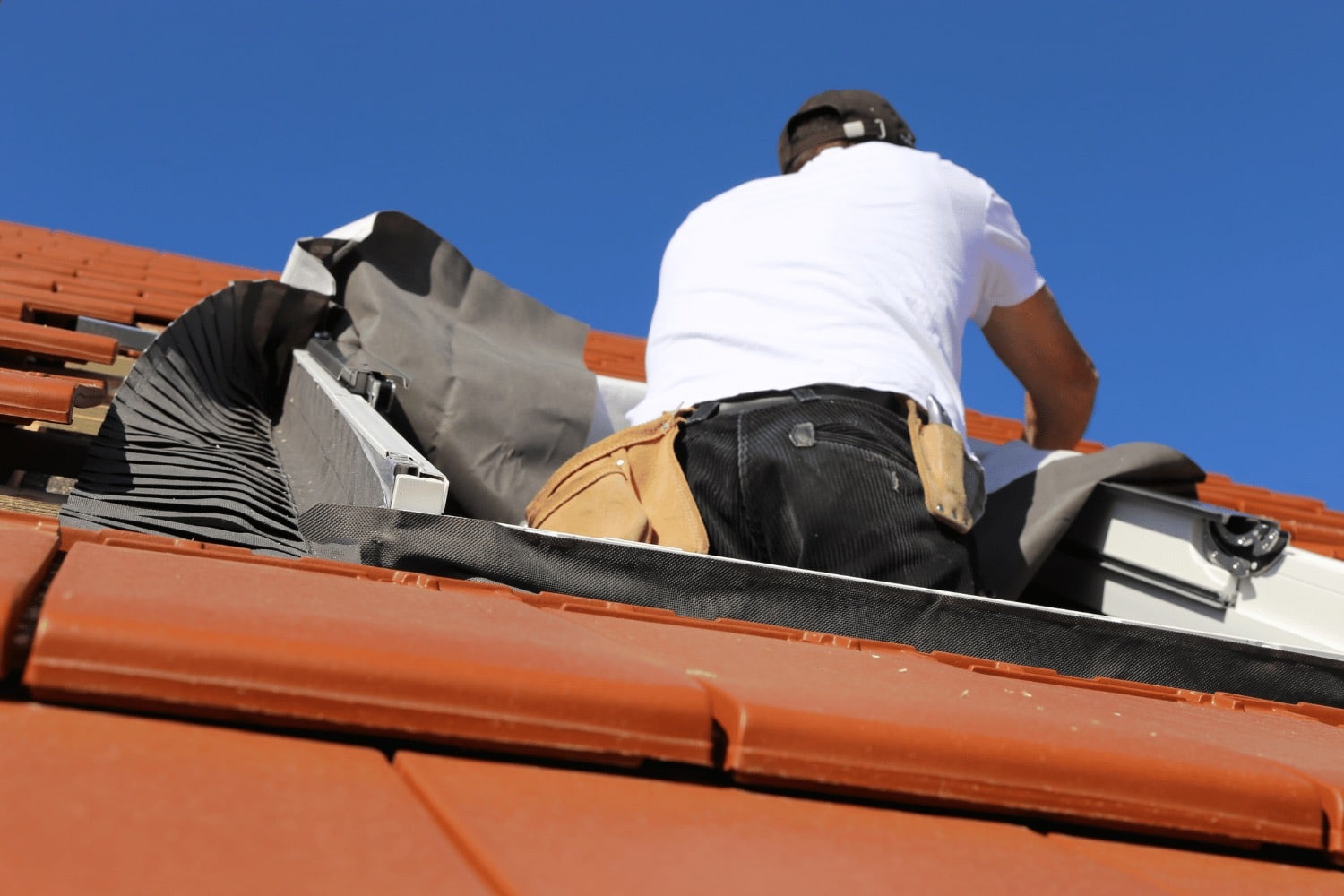
When it comes to installing a skylight, the narrative is incomplete without the mention of flashing systems – those guardians of water tightness. Tailored to fit snugly with various roof types and slopes, these systems are the final word in preventing leaks and ensuring that the skylight installation remains a source of joy rather than a cause for concern.
Essential to both curb and deck mounted skylights, flashing is the meticulous layer that wraps around the curb or the skylight unit, providing a waterproof seal that stands resilient against the harshest of elements. The components of a good flashing system – metal head flashing, sill flashing, and step flashing – are the unsung heroes that work in concert with underlayment and insulation to seal the deal.
The Role of Flashing in Curb Mounted Skylight Installation
For the curb mounted skylight, flashing is more than just a feature – it is a necessity. The flashing kit for curb mounts comes equipped with step flashing, which forms miniature gutters that guide water away from the skylight. This ensures that the skylight is not just a window to the sky but also a fortress against the rain.
The flashing kit also includes an adhesive underlayment that acts as a secondary layer of defense beneath the step flashing. This layer is crucial in fortifying the skylight’s defenses, making waterproofing a priority in the installation process.
Waterproofing with Deck Mount Flashing Kits
Deck mounted skylights, with their direct attachment to the roof deck, rely on flashing kits that are as versatile as they are robust. These kits are designed to play nice with a variety of roofing materials, ensuring that no matter the type of roof, the installation remains leak-free.
Step flashing, engineered to integrate with the roofing material, joins forces with specially designed sill flashing on tile roofs to provide an effective water routing system. Together, these elements of the deck mount flashing kit perform a ballet of waterproofing, ensuring that the beauty of the skylight is matched only by its resilience.
A Cost Comparison: Curb Mount vs. Deck Mount Skylights
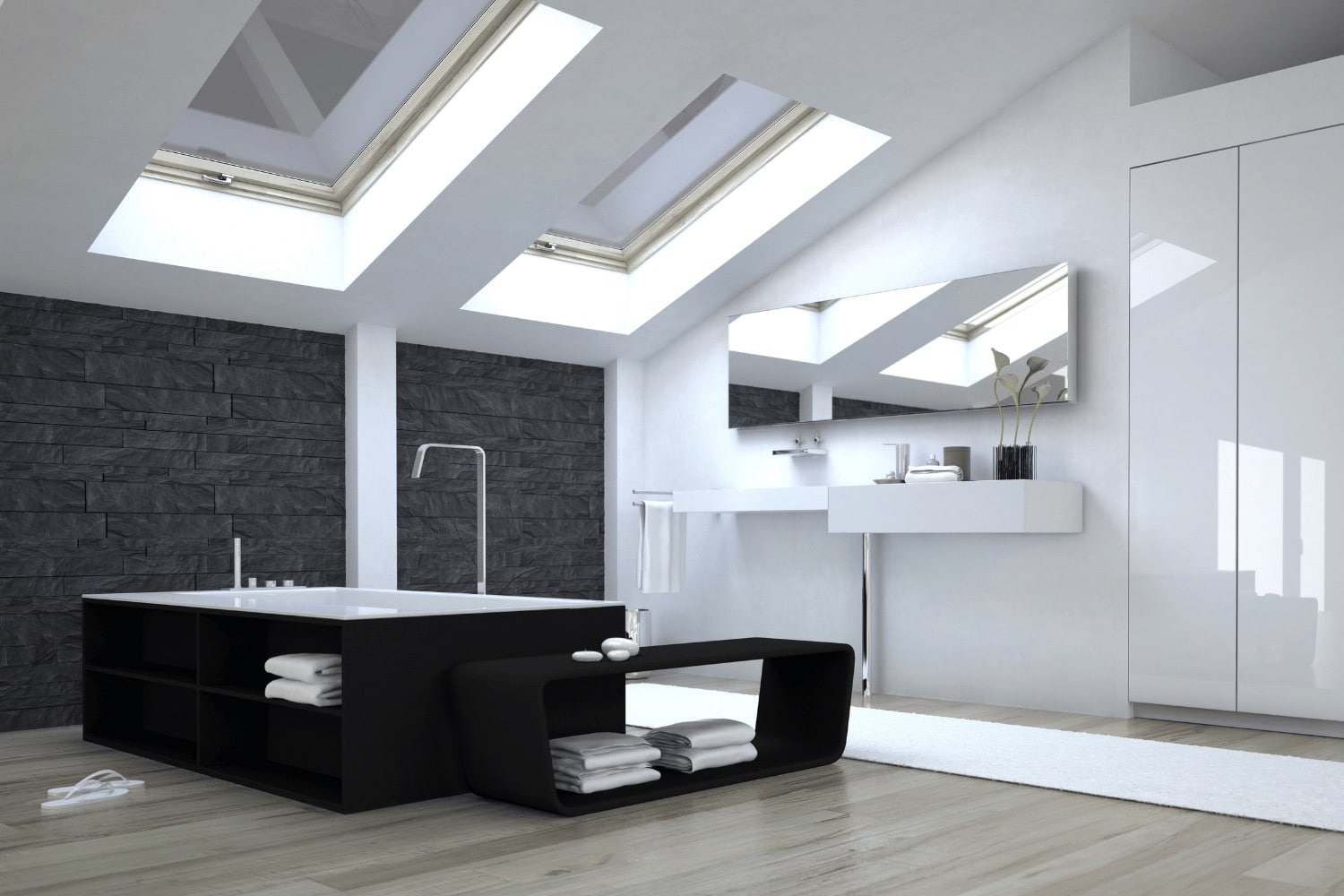
The tale of skylights is one that cannot be told without acknowledging the role of cost. While curb mounted skylights often present a more budget-friendly option, deck mounted skylights come with a higher price tag. However, the story does not end with the initial purchase – the narrative extends to include the long-term implications of maintenance, energy efficiency, and the overall impact on one’s budget.
The decision between curb and deck mounts is not just a matter of upfront cost; it is a consideration of the long-term investment in one’s property. Factors such as the longevity of the skylight, its maintenance requirements, and its contribution to the property’s energy profile all play starring roles in this financial saga.
Evaluating Material and Labor Costs
The initial costs associated with skylight installation are twofold: materials and labor. Larger skylights naturally demand more materials, and as the size increases, so does the complexity of the installation – a dance of dimensions that directly affects labor costs. Starting at an approximate baseline of $300, labor costs can ascend alongside the intricacies of your chosen skylight type and the unique character of your roof and ceiling.
The financial journey of installing a skylight is one that requires careful choreography. The choice between curb and deck mounted skylights not only influences the aesthetic and functional aspects of your space but also the depth of your investment. As with any home improvement venture, the key lies in balancing the scales of desire and practicality to achieve the perfect harmony within your budget.
Long-Term Value and Energy Efficiency
Peering beyond the initial costs, the long-term value and energy efficiency of skylights come into sharp focus. Deck mounted skylights, with their superior seal, are stalwarts of energy efficiency, adept at keeping your indoor climate controlled without undue interference from the outdoors. Curb mounted skylights, meanwhile, boast an insulating air pocket between the skylight and roof deck, offering a buffer against external temperature fluctuations.
The longevity of your skylight, and its impact on your energy bills, is also influenced by the level of insulation it provides. With high insulation levels being pivotal for energy efficiency, the selection of materials – from vinyl frames to insulated glass panes – becomes a critical component of the decision-making process. Furthermore, the location and size of the skylight must be carefully considered to balance natural illumination with energy considerations, ensuring that the skylight enhances rather than detracts from the home’s energy profile.
Making the Right Choice for Your Home or Business
In the quest to select the perfect skylight, one must navigate the crossroads of aesthetic desires and functional necessities. While curb mounted skylights dominate the market, suggesting a preference that may reflect broader acceptance, it is crucial to consider their popularity against the specific needs of your property. The presence of experienced installers and service providers for curb mounts may offer a sense of reassurance and reliability.
Ultimately, the decision between curb and deck mounted skylights transcends mere personal taste or market trends. It is a choice that must be tailored to the unique architecture of your property, the climate it resides in, and the functional requirements of your space. Whether it’s the aesthetic harmony of a deck mount or the robust stature of a curb mount, the right skylight should serve as a seamless extension of your vision for your home or business.
Tailoring to Aesthetic Preferences
When it comes to the aesthetic allure of skylights, deck mounted versions are often heralded for their modern, streamlined appearance, aligning with the sleek profiles favored in contemporary home design. Their ability to blend with the roofline enhances the visual appeal of a property, offering a design statement that is both subtle and impactful.
Conversely, curb mounted skylights offer a different kind of visual charm, one that allows for custom sizes and a more pronounced presence on the roof. This flexibility in design can cater to a range of stylistic preferences, enabling homeowners to create a feature that is uniquely their own. Whether the goal is to make a bold statement or to preserve the existing architectural lines, the choice of skylight can significantly influence the character and ambiance of your living or working space.
Assessing Functional Requirements
Beyond aesthetics, functional requirements play a pivotal role in the selection of a skylight. The right size and type of skylight are critical to avoid issues such as excessive heat or glare, ensuring that the benefits of natural lighting are realized without compromising comfort. Ventilation is another key consideration; operable skylights with remote controls or automated systems provide the added advantage of improved air circulation, especially in hard-to-reach areas.
Energy efficiency remains a cornerstone in the functionality of a skylight. Deck mounted skylights excel in this regard due to their airtight seal, while additional features like low-emissivity glass and electrical shades can further enhance a skylight’s performance. Additionally, the costs associated with the various types of skylights – from fixed models to vented options requiring electrical work – should be weighed against the intended use and benefits, ensuring a choice that is both practical and financially sound.
Summary
As we draw the curtains on our exploration of curb mounted and deck mounted skylights, it’s clear that both options offer distinct advantages, and the ultimate choice hinges on a blend of aesthetic preference, functional requirements, and cost considerations. Whether your aim is to bathe a room in soft daylight or to create an architectural focal point, skylights offer a unique solution to enhance the quality of your living or working environment.
May this journey through the skylight terrain inspire you to make an informed choice, one that not only illuminates your space but also aligns with your vision for your property. With the right skylight, the sky is not the limit, but rather a canvas upon which to cast your own personal touch of light and life.
Frequently Asked Questions
What is the main advantage of curb mounted skylights for flat roofs?
The main advantage of curb mounted skylights for flat roofs is their elevation above the roofline, allowing for effective water drainage. This is particularly important for flat roofs to prevent water pooling and potential damage.
Can deck mounted skylights be installed on any type of roofing material?
Yes, deck mounted skylights can be installed on various roofing materials such as shingles, shake, metal, or tile, making them a versatile option for different types of roofs.
Are there significant differences in the installation costs between curb and deck mounted skylights?
Yes, curb mounted skylights typically have a lower average cost range compared to deck mounted skylights. This is due to the higher initial installation cost for deck mounted skylights.
How do flashing systems contribute to the effectiveness of skylight installations?
Flashing systems ensure skylights have a watertight seal, preventing leaks and ensuring long-term durability.
What should be considered when selecting a skylight for energy efficiency?
When selecting a skylight for energy efficiency, it’s important to consider factors such as the skylight’s seal, insulation, natural light balance, low-emissivity glass, and shades to maximize energy efficiency.

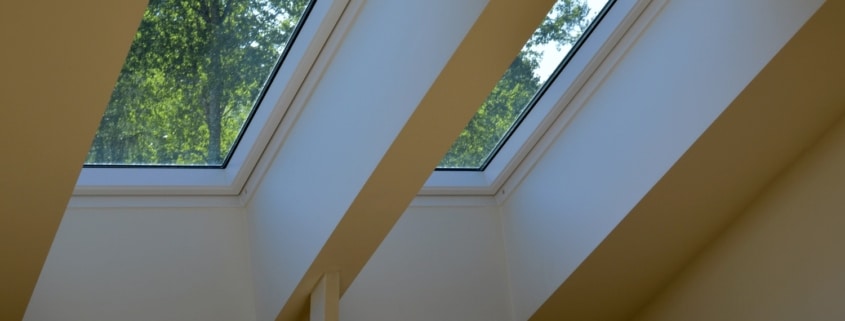
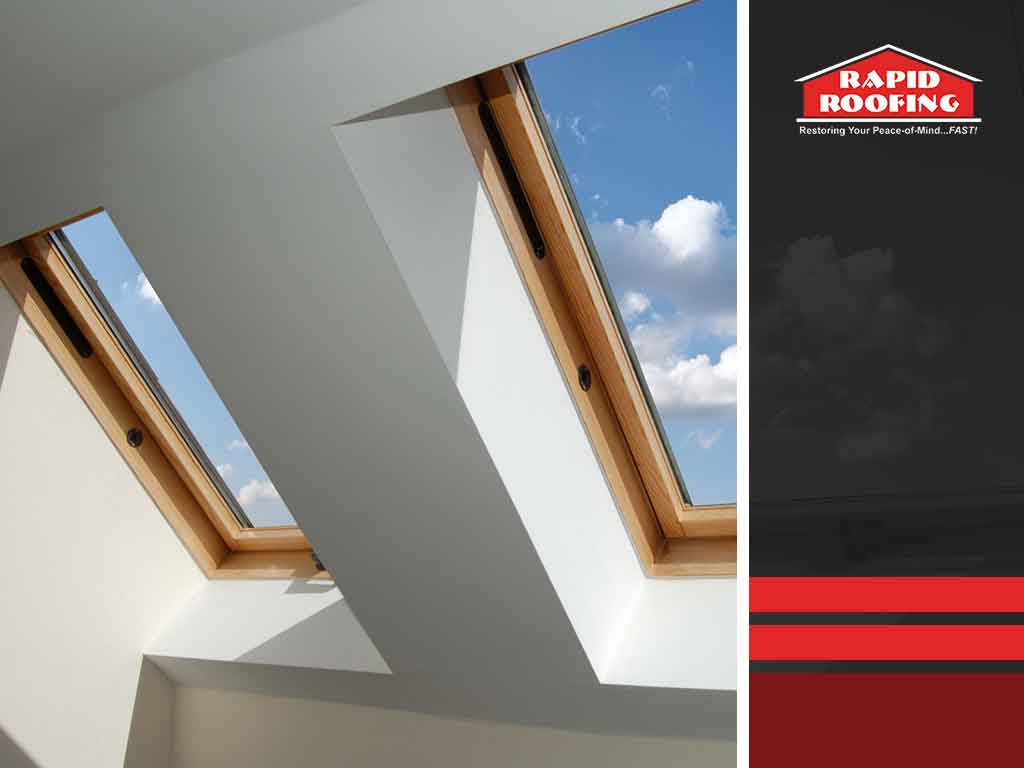

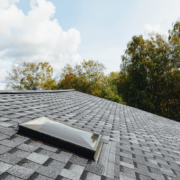
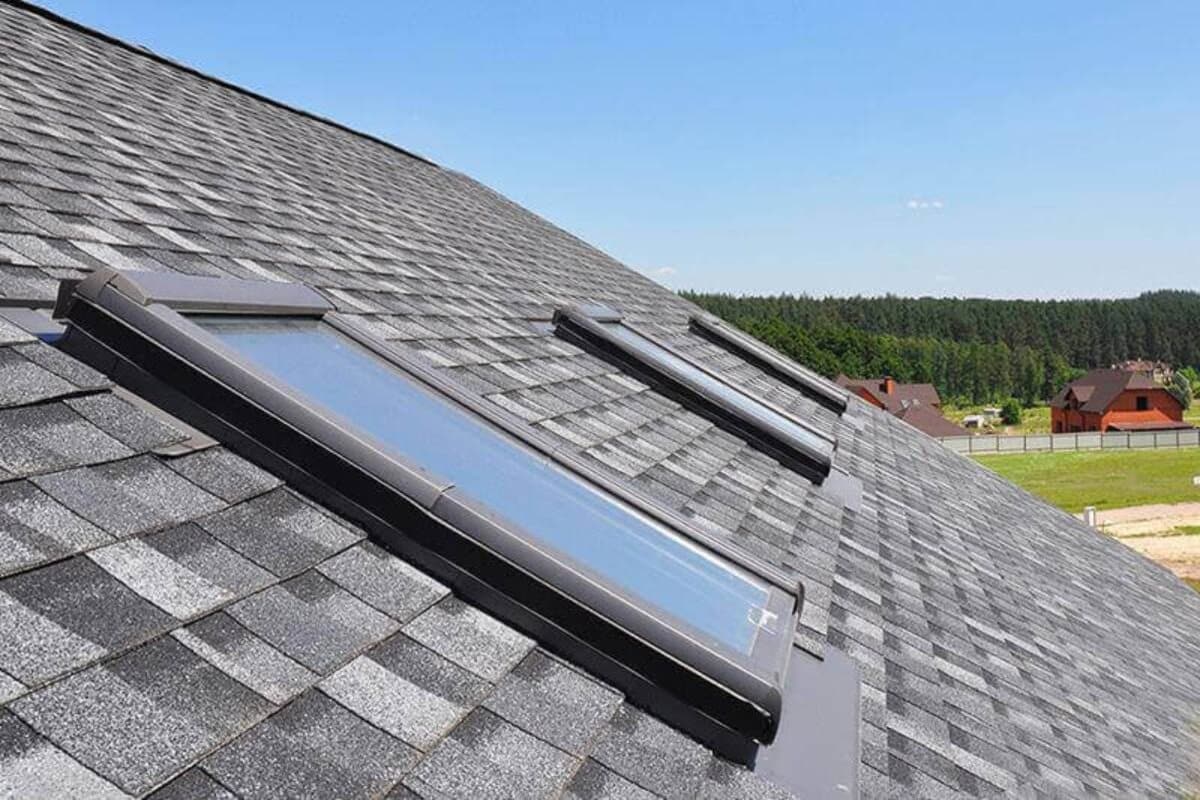
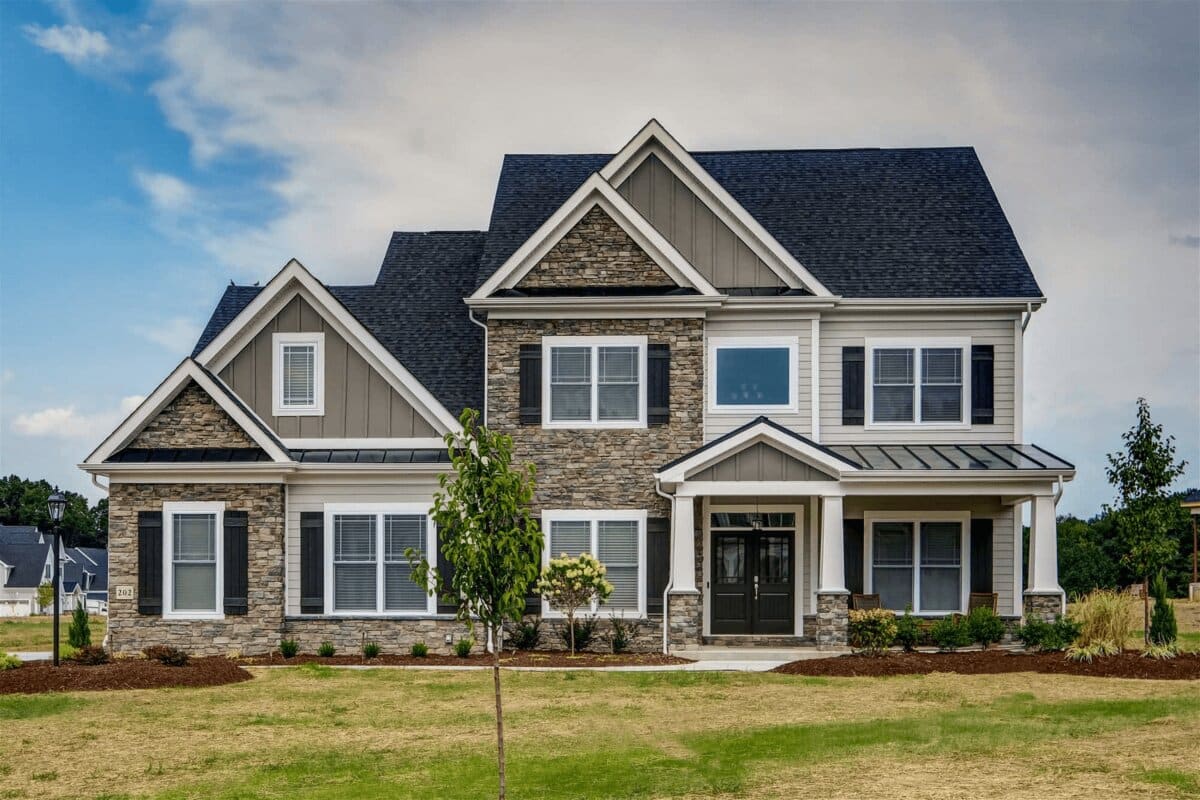

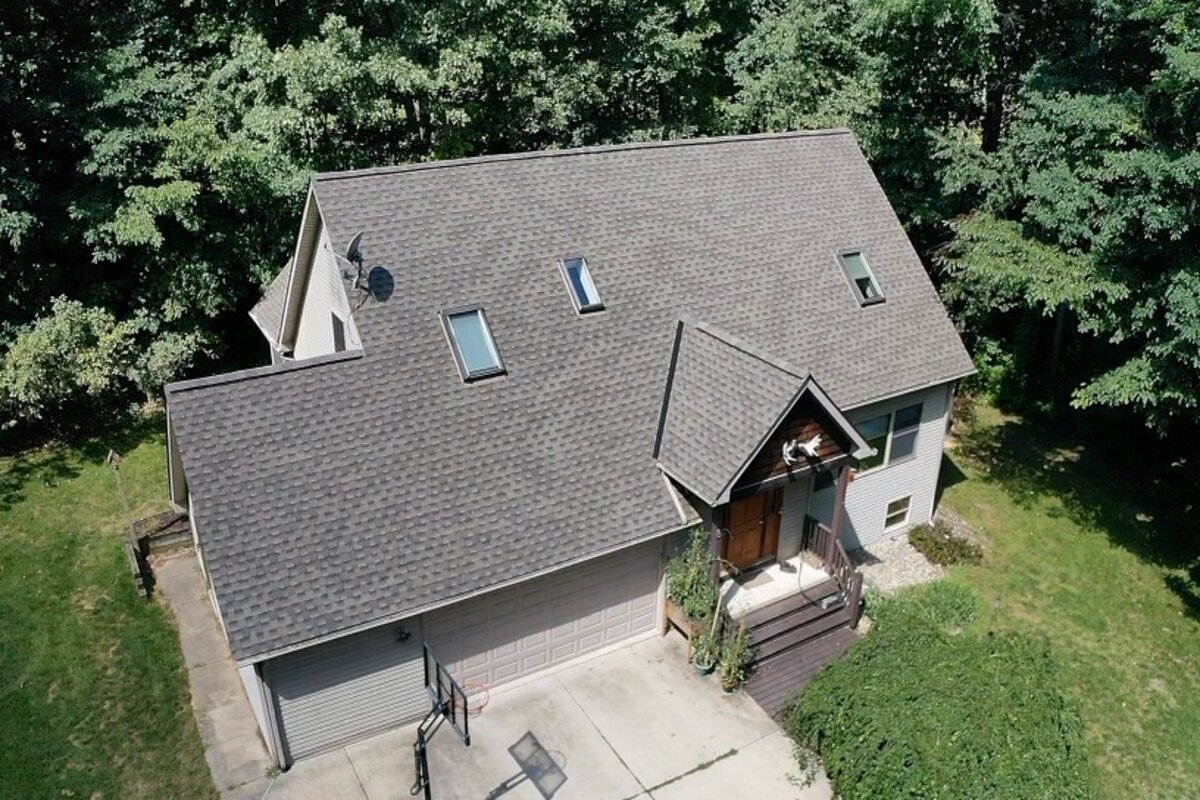
 Residential Roofing
Residential Roofing Storm Damage
Storm Damage Multi-Family Homes
Multi-Family Homes
